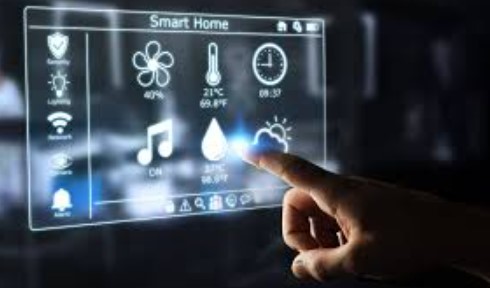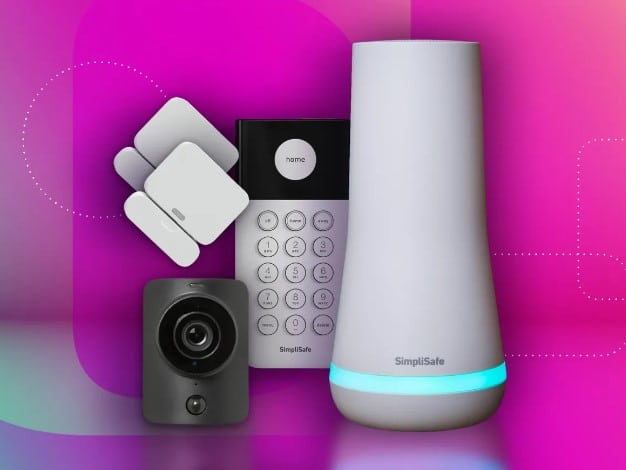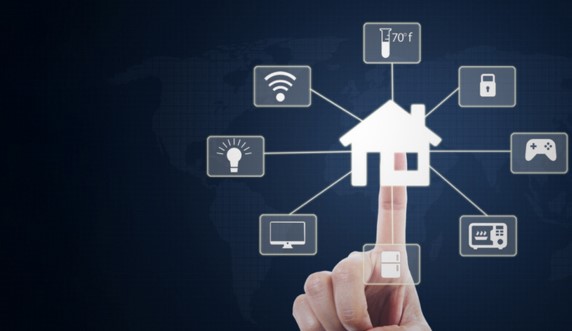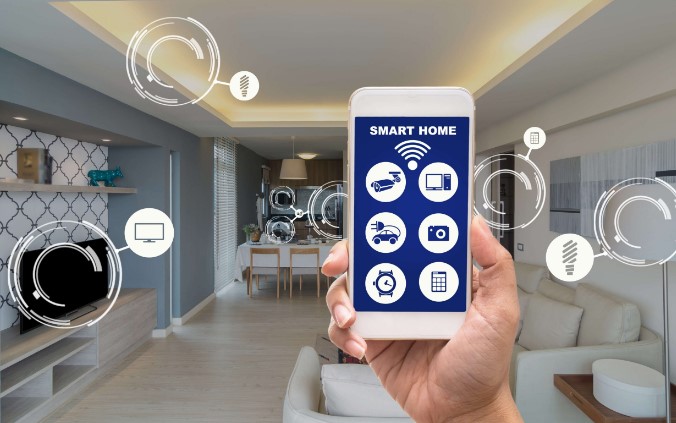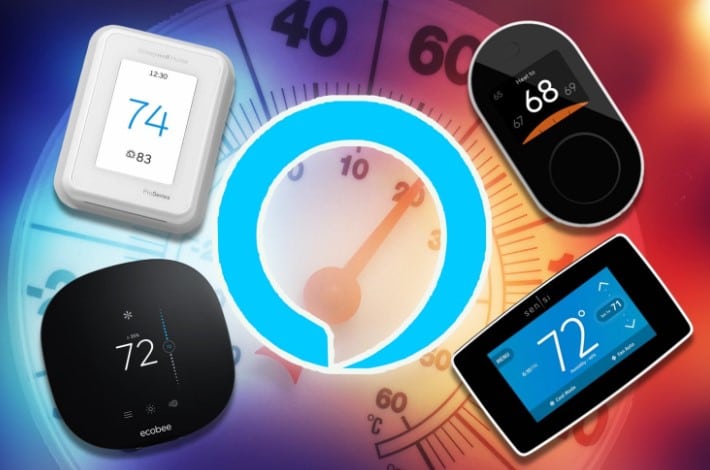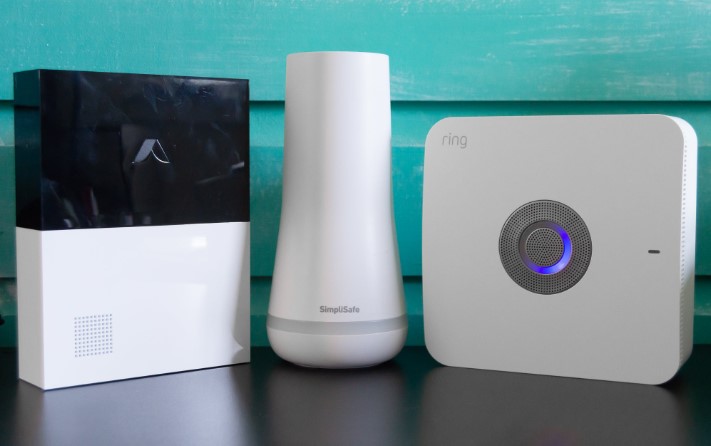Smart lighting solutions are revolutionizing how we illuminate our spaces, offering unparalleled convenience, energy efficiency, and control.
Whether you’re looking to enhance your home’s ambiance or automate your business’s lighting, smart lighting systems provide a versatile and innovative solution.
In this site Havenblueprint, we’ll explore the benefits of smart lighting, review top products, and provide a comprehensive buying guide to help you make an informed decision.
Understanding Smart Lighting Solutions
Smart lighting solutions integrate advanced technology with traditional lighting systems, allowing you to control your lights remotely through apps, voice commands, or automated schedules.
These systems can be tailored to suit residential, commercial, or industrial needs, offering features like dimming, color change, and energy usage monitoring.
Smart lighting not only enhances convenience but also improves energy efficiency. By automating your lights to turn off when not in use, you can significantly reduce your electricity consumption and lower your utility bills.
Moreover, smart lighting systems often integrate with other smart home devices, such as security cameras and thermostats, creating a seamless, interconnected environment. This integration enhances both the functionality and security of your space.
Finally, with the ability to adjust color and brightness, smart lighting allows you to create the perfect ambiance for any occasion.
Whether it’s a cozy evening at home or a lively gathering, you can easily set the mood with just a few taps on your smartphone.
You can also read : Best Smart Home Security Systems: Keep Your Home Safe
Benefits of Smart Lighting Solutions
Smart lighting offers numerous benefits beyond just convenience. These include:
Energy Efficiency:
Smart lighting systems allow you to control your energy usage by scheduling lights to turn on or off at specific times, dimming lights, or using sensors to detect when a room is empty.
Enhanced Security:
Automated lighting can simulate occupancy when you’re not home, deterring potential intruders.
Customization:
Create personalized lighting scenes that match your mood, activity, or time of day.
Integration with Smart Home Systems:
Smart lighting can be integrated with other smart home devices like thermostats, security systems, and entertainment systems for a cohesive home automation experience.
Improved Ambiance:
Smart lighting allows for easy adjustment of color temperatures and brightness levels, helping to set the perfect mood for any occasion.
Whether you want a warm, cozy glow for a relaxing evening or bright, energizing light for working or cooking, smart lighting provides flexibility and control over your home’s ambiance.
Voice and App Control:
Many smart lighting systems are compatible with voice assistants like Amazon Alexa, Google Assistant, or Apple’s Siri, allowing you to control lights with simple voice commands.
Additionally, app control provides the convenience of adjusting lighting settings from anywhere, ensuring you never have to worry about leaving lights on when you’re away from home.
The integration of voice and app control in smart lighting systems enhances the overall user experience by providing effortless access to lighting settings.
With voice commands, you can easily set the mood for any occasion, whether it’s dimming the lights for a cozy dinner or brightening them for a productive work session.
Moreover, many smart lighting apps offer customizable schedules and routines, allowing you to automate your lighting based on your daily activities.
This level of convenience not only promotes energy efficiency but also adds an element of security, as you can remotely turn lights on or off to simulate occupancy while you’re away.
By embracing voice and app control for your smart lighting, you elevate your home’s functionality and create a more adaptable living environment.
Cost Savings:
Over time, the energy savings from using smart lighting solutions can lead to reduced electricity bills.
By minimizing unnecessary energy use and optimizing lighting efficiency, smart lighting helps to lower overall energy costs, making it a cost-effective solution for the modern home.
In addition to reducing electricity bills, smart lighting systems offer features like motion sensors and timers that automatically turn lights off when not in use, further preventing energy wastage.
Dimmable lights allow users to adjust brightness based on needs, which can also extend the lifespan of light bulbs, reducing replacement costs.
You can also read : Top Smart Home Security Systems for 2024
Top Smart Lighting Solutions
Philips Hue Smart Lighting System
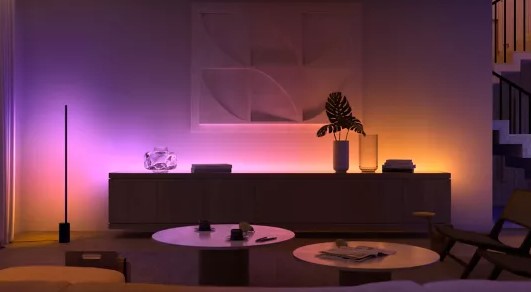
Philips Hue is one of the most popular and versatile smart lighting systems on the market. It offers a wide range of bulbs, light strips, and fixtures that can be controlled via the Hue app, voice assistants, or smart home hubs.
- Pros: Easy to set up, wide product range, compatible with many smart home systems.
- Cons: Higher price point, requires a bridge for full functionality.
- Price: Starting at $30 per bulb.
- Features: Color-changing bulbs, dimmable lights, scheduling, and remote access.
- Where to Buy: Philips Hue Official Store | Amazon
Lutron Caseta Wireless Lighting Control System
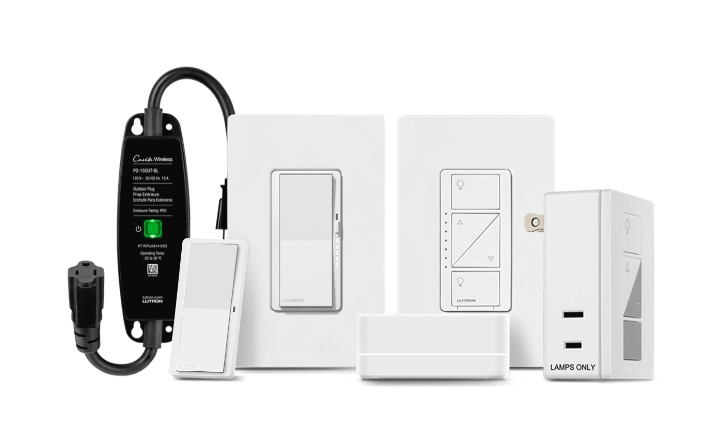
Lutron Caseta is a robust smart lighting solution that excels in creating a whole-house lighting control system. It offers a variety of dimmers, switches, and sensors that can be easily integrated into existing lighting setups.
- Pros: Reliable, no neutral wire required, integrates with many smart home systems.
- Cons: Limited color options, higher cost.
- Price: Starting at $100 for starter kits.
- Features: Wireless control, scene setting, voice control, and integration with smart home systems.
- Where to Buy: Lutron Caseta Official Store | Amazon
TP-Link Kasa Smart Light Bulbs
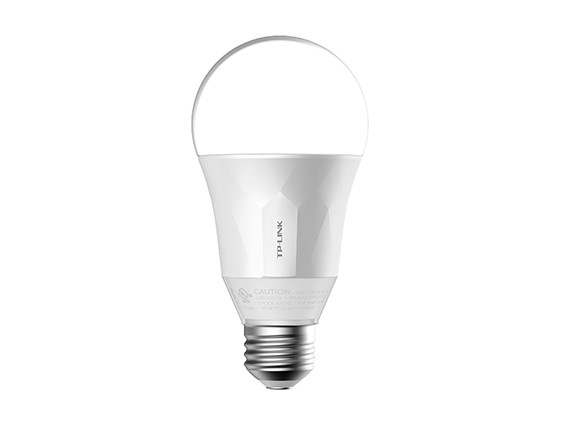
TP-Link’s Kasa Smart Light Bulbs offer an affordable entry into smart lighting. These bulbs can be controlled via the Kasa app or voice assistants, making them ideal for those new to smart lighting.
- Pros: Affordable, easy to install, no hub required.
- Cons: Limited advanced features, app reliability issues.
- Price: Starting at $15 per bulb.
- Features: Dimmable, voice control, scheduling, and remote access.
- Where to Buy: TP-Link Official Store | Amazon
You can also read : Smart Home for Beginners: Guide to Start Your Smart Home
Comparison of Smart Lighting Solutions
Smart lighting solutions have become an essential part of modern home automation, offering both convenience and energy efficiency.
Popular systems like Philips Hue, LIFX, and TP-Link Kasa offer a variety of features that cater to different user needs.
Philips Hue, for instance, is known for its extensive range of products and compatibility with various smart home ecosystems like Alexa, Google Assistant, and Apple HomeKit.
It allows users to control lighting through apps, voice commands, and routines. LIFX, on the other hand, stands out with. its high brightness and vivid color options, without needing a hub for control, making it an excellent choice for easy setup.
TP-Link Kasa offers a more budget-friendly option, providing. essential features like remote control and scheduling. but with fewer advanced customization options.
Each of these solutions has its strengths. allowing users to choose based on budget, ease of use, and smart home integration needs.
When choosing the best smart lighting solution, consider the following use cases:
- Whole Home Integration: Lutron Caseta is ideal for homeowners looking to fully automate their lighting without rewiring.
- Flexibility and Variety: Philips Hue offers the. most options, from basic bulbs to outdoor lighting. making it perfect for those who want to customize their lighting experience.
- Budget-Conscious Buyers: TP-Link Kasa Smart Bulbs are a great choice for those looking to try smart lighting without a significant investment.
You can also read : Discover the Latest Smart Home Technology Trends for 2024
Use Cases and Problem-Solving with Smart Lighting
Smart lighting can solve several common issues:
- Problem: Forgetting to turn off lights, leading to high energy bills.
- Solution: Use automated schedules or sensors to ensure lights are only on when needed.
- Problem: Security concerns when away from home.
- Solution: Set up lighting routines that mimic your usual activity to create the appearance of occupancy.
- Problem: Inconvenience of manually adjusting lights.
- Solution: Use voice commands or smartphone apps to control lighting without leaving your seat.
How to Buy Smart Lighting Solutions
When purchasing smart lighting, consider the following steps:
- Identify Your Needs: Determine whether you need a full home system, individual bulbs, or a combination of products.
- Research Compatibility: Ensure the products you choose are compatible with your existing smart home systems.
- Set a Budget: Prices can vary widely, so decide on a budget that suits your needs.
- Read Reviews: Look for products with positive reviews, particularly those that mention ease of setup and reliability.
- Buy from Reputable Retailers: Purchase from official websites or trusted online retailers to ensure you receive authentic products.
FAQ
Can smart lighting work with existing fixtures? Yes, many smart bulbs and switches are designed to be compatible with. existing fixtures, making it easy to upgrade your lighting without major modifications.
Is smart lighting difficult to install? Most smart lighting systems are user-friendly and can be installed with minimal tools and effort. Some systems may require professional installation, particularly if they involve complex wiring.
Are smart lighting systems energy efficient? Yes, smart lighting systems are designed to optimize energy usage, allowing you. to reduce energy consumption through features like scheduling, dimming, and remote control.
